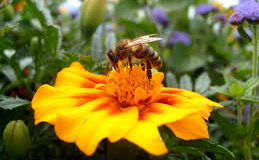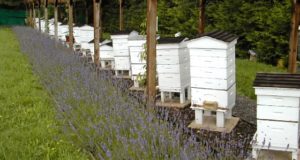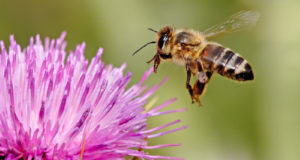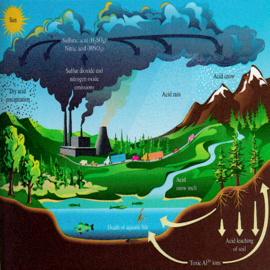
Copper sulphate is one of the most important industrial chemicals in use. Its extensive use in agriculture, health and medicine and various areas in industries call for continual production of this substance. This compound is prepared by the chemical reaction of sulphuric acid to a variety of cupric or copper (II) compounds like copper (II) oxide. Another way to prepare the substance is through the electrolysis of sulphuric acid with copper electrodes.
Ancient Egyptian civilization had discovered the purpose of this compound in dyeing. This purpose has survived until today, more than five thousand years after its inception. The Greeks saw some of the medical uses of the bluish substance. It was used to treat some diseases of the lungs. Today a wide range of its applications is seen in many fields.
1. Agricultural uses
The bluish crystals which commonly occur in nature as copper sulphate pentahydrate, is one of the most important substances widely utilized in agriculture because of its fungicidal and pesticidal properties. It is mixed with lime to form Bordeaux mixture which controls fungal growth that may damage different crops. Perhaps one of its most important uses is brought about by its fungicidal abilities. For instance, its incorporation with ammonium carbonate prevents damping off in seedlings. Damping off is the rotting of young shoots of seedlings. Copper compounds (including the one under discussion in this article) control fungal diseases in apples, almonds, avocadoes, bananas, beans, barley, carrots, cherries, chrysanthemums, rice, roses, sunflowers, sweet potatoes, etc.
It was in 1761 when the fungicidal properties of the compound, also known as blue vitriol, were discovered in agriculture. Farmers found out that seeds soaked in dilute solutions of the said substance were not infected with fungus. This method has been practiced since then. The same thing was done to cereal seeds in the 1800s. The popular Bordeaux mixture came as a breakthrough sometime in the late 19th century when grapes, smeared with dust of copper sulphate and lime to make them look distasteful, became free from downy mildew. That instance heralded the beginning of its application in farming. Bordeaux mixture is composed of copper sulphate and lime. Another important mixture is the Burgundy mixture derived from the mentioned compound and sodium carbonate. Both are used to control fungus when properly applied at right amounts.
Aside from fungicidal properties, the compound is also used to treat copper deficiency in soils. Soils insufficient of this metal cannot supply plants well. Plants, in return, suffer from the deficiency and animals grazing on these plants will in turn become copper deficient too.
Altogether, these properties and advantages have become increasingly useful in farming and livestock.
2. Health-related and medical uses
The ability of cupric sulphate to kill fungi, bacteria, and parasites is not only confined in the fields of agriculture. This ability is used to keep algal blooms from swimming pools and water reservoirs. Athlete’s foot can be controlled in tropical countries by including the substance in floor cleaning mixture. It also eradicates the snails that harbor parasites that cause Schistosomiasis in humans. Moreover, it kills mosquito larvae which cause malaria. In medicine it is used in preparation of various pharmaceutical products.
3. Industrial uses
The blue vitriol is an additive in adhesives. It is used to preserve timber and ward off wood worms to avoid wood rot. In concrete, it serves both as a coloring ingredient and an antiseptic. It prevents mold growth in building materials. It keeps tree roots from growing in sewerage systems. It is a coloring agent for glass, cement, and ceramics. It has various other chemical uses – a catalyst, an electrolyte, an ingredient in preparations of other chemicals, and is used in precipitation reactions and purification processes.

Source by Jo Alelsto
 Vitamin Agent The Health & Naturalistic Source
Vitamin Agent The Health & Naturalistic Source




